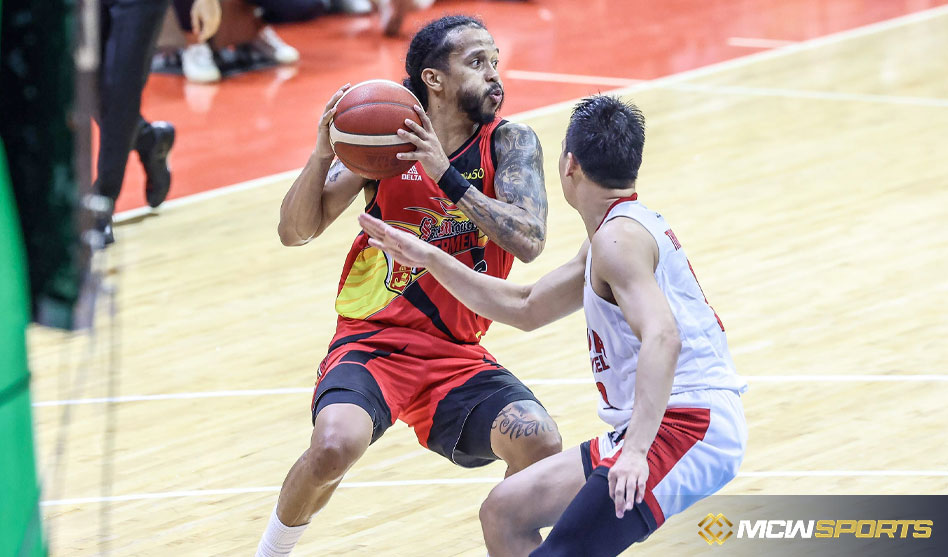MANILA, Philippines – Starting in October 2025, Season 3 of the East Asia Super League (EASL) will switch to a home-and-away format, marking the return of the Philippine Basketball Association to the league. The league will only enter one team in the regional competition for the first time, highlighting a more targeted but well-known involvement in the expanding pan-Asian club championship.
The 2025–26 EASL will include 12 teams from seven regions, split into three groups for the group stage, according to recent statements. The PBA has been given a special place, and the Philippine representation will participate in Group B with the Macau Black Bears, Ryukyu Golden Kings, and Taoyuan Pauian Pilots of Japan. The Meralco Bolts are said to be the most likely candidate, but the only PBA participant has not yet been named.
This is different from past seasons when the PBA fielded two teams, usually the winners of the Commissioner’s Cup and the Philippine Cup. Meralco Bolts and San Miguel Beermen played in the PBA in 2023–2024, and Meralco and San Miguel returned in 2024–2025. Since then, the league has chosen to offer just one spot under the updated EASL format.
The landscape of EASL in general has changed quickly. From eight teams in its first season to ten and now to twelve in Season 3, the league has expanded in just three years. The league strength and geographic diversity are reflected in the groupings: Changwon LG Sakers (South Korea), Alvark Tokyo (Japan), New Taipei Kings (Taiwan Professional Basketball League), and Mongolia’s Xac Broncos make up Group C; Utsunomiya Brex (Japan), Taipei Fubon Braves (Chinese Taipei), Seoul SK Knights (South Korea), and Hong Kong Eastern are in Group A; the PBA representative is in Group B.
In order to increase attendance, several matches are scheduled for the weekend this year. Additionally, on November 1, the Xac Broncos will host New Taipei in the first-ever EASL game in Mongolia. With a tripleheader that includes games in Taipei and the league’s inaugural match in Tokyo, the season will begin on October 8.
The revised playoff format is another significant modification. The top two teams from each group will proceed to a new “Round of Six” in Season 3, which will end with a single championship game, in place of the customary Final Four. The current season is expected to end on March 22, 2026.
Participation coincides with the PBA’s golden jubilee festivities. On October 5, 2025, Season 50 will debut, bringing additional commemorative programming and exhibition possibilities. The PBA’s efforts to increase its global presence are in line with EASL’s improved format and increased visibility.
Even while the PBA isn’t well represented this year, its involvement is still substantial. The single place emphasizes how crucial it is to pick a team that can compete at the highest levels of Philippine basketball. Due to the lack of a two-slot presence, planning, scouting, and roster strength are given more importance.
Whether Meralco or San Miguel will occupy the single slot is the subject of local conjecture. San Miguel has never won a game in a previous group stage, and Meralco has played in the league twice but has not advanced to the EASL Final Four. Both recent local performance and preparedness for global competition will probably play a role in the selection process.
The third season of the EASL is viewed by coaches and league executives as a new turning point in the integration of regional basketball. The Filipino team will be put to the test by seasoned rosters and strategic diversity as they take on elite teams from China Taipei, Japan, Korea, Mongolia, Hong Kong, and Macau. Careful game preparation and flexible rotations will be necessary for games against clubs like the Pilots and Golden Kings.
From an organizational standpoint, the change emphasizes EASL’s goal of development and expertise. With significant prize money and more television attention, it is unmistakably a step toward becoming Asia’s top club league. Joining under its home-and-away style signifies a further integration into the basketball significance of Asia for the PBA.
The reduced representation creates additional risks for league observers and supporters. With every victory and defeat evaluated by the league’s reputation, the chosen PBA club now has to deal with the burden of national representation.

 English
English










